Earlier this year, the Colorado State University forecast predicted an intense hurricane season due to favorable conditions like La Niña, low vertical wind shear, and unusually warm waters in the Atlantic and Gulf of Mexico. While we've seen the destructive impact of these conditions, such as Beryl's multiple landfalls and prolonged power outages, and Debby's severe flooding across the Southeast, the overall number of storms has been lower than everybody’s expectations. The unexpected factor: Saharan dust.
How does Saharan dust disrupt storms?
Saharan dust is lifted into the atmosphere by strong thunderstorms off Africa's coast or when hot, dry, and dusty air rises. This forms the Saharan Dust Layer, which is typically dry, warm, and accompanied by strong winds that can tear apart developing storms. This year, the dust layer has lingered longer than anticipated, suppressing hurricane formation. Despite technological advancements in monitoring the Saharan Dust Layer, predicting this remains challenging. The Saharan Air Layer typically peaks from late June to mid-August and diminishes rapidly afterward.
What to expect next?
While the coming week may seem calm, the warm waters of the Atlantic and Gulf of Mexico are well-suited for rapid tropical development. Hurricane season is far from over, with the peak typically occurring in September. The risk of hurricanes hasn’t disappeared, but only suppressed for now. Colorado State University now forecasts 23 named storms, with six potentially becoming major hurricanes. So far, we've seen five named storms, with Beryl being the first major hurricane. Given the warmer-than-average waters, any storm formation could be highly destructive. The risk is still present, so it's important to stay alert as the season continues.
The Atlantic basin is quiet for now and is expected to remain so for the coming week. However, with the peak of hurricane season just around the corner, an extremely active season is still anticipated.




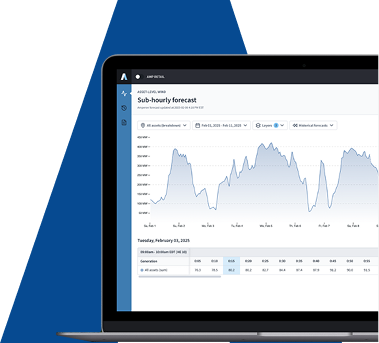
.svg)









%20(3).png)
%20(2).png)
%20(1).png)





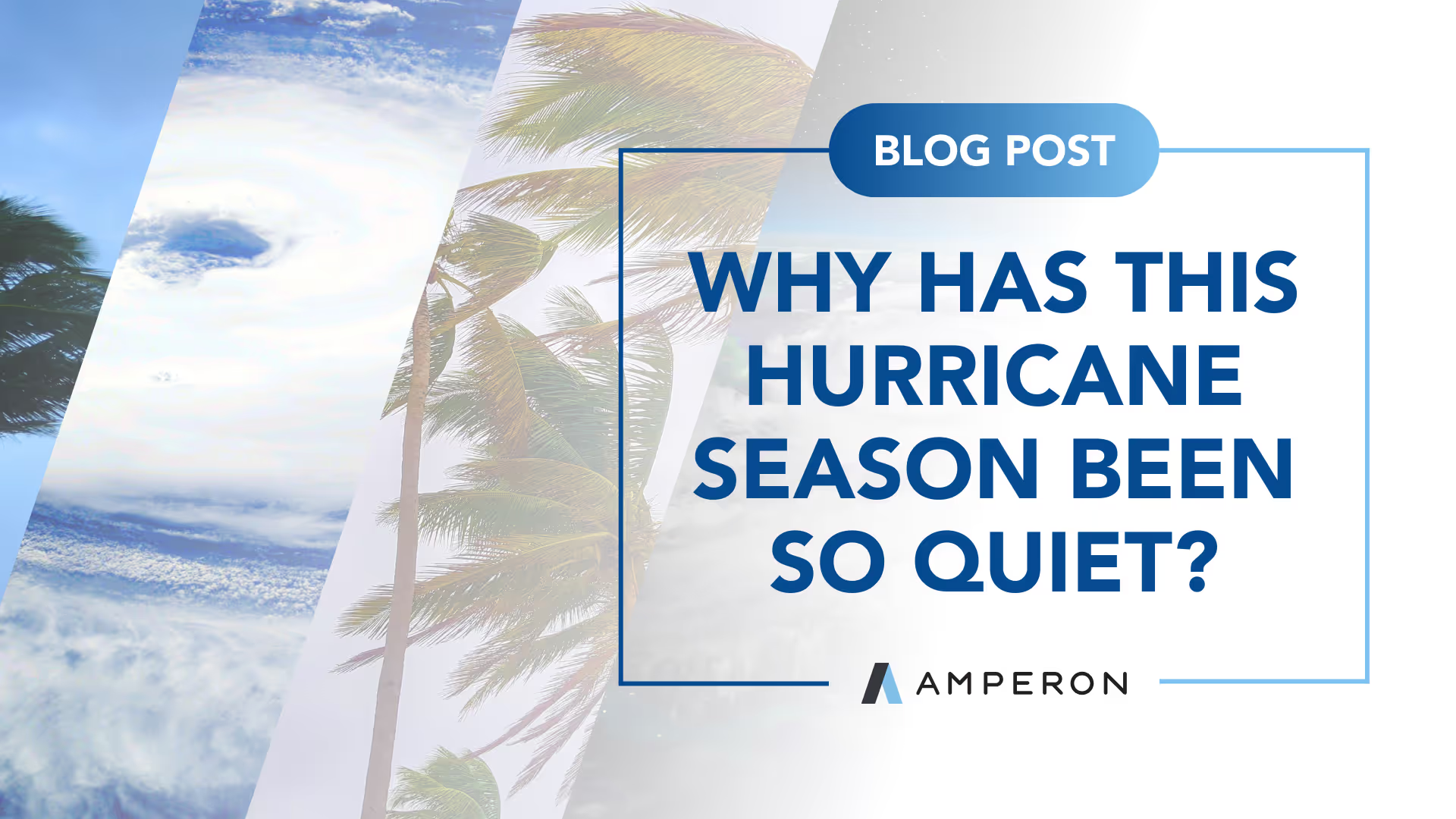
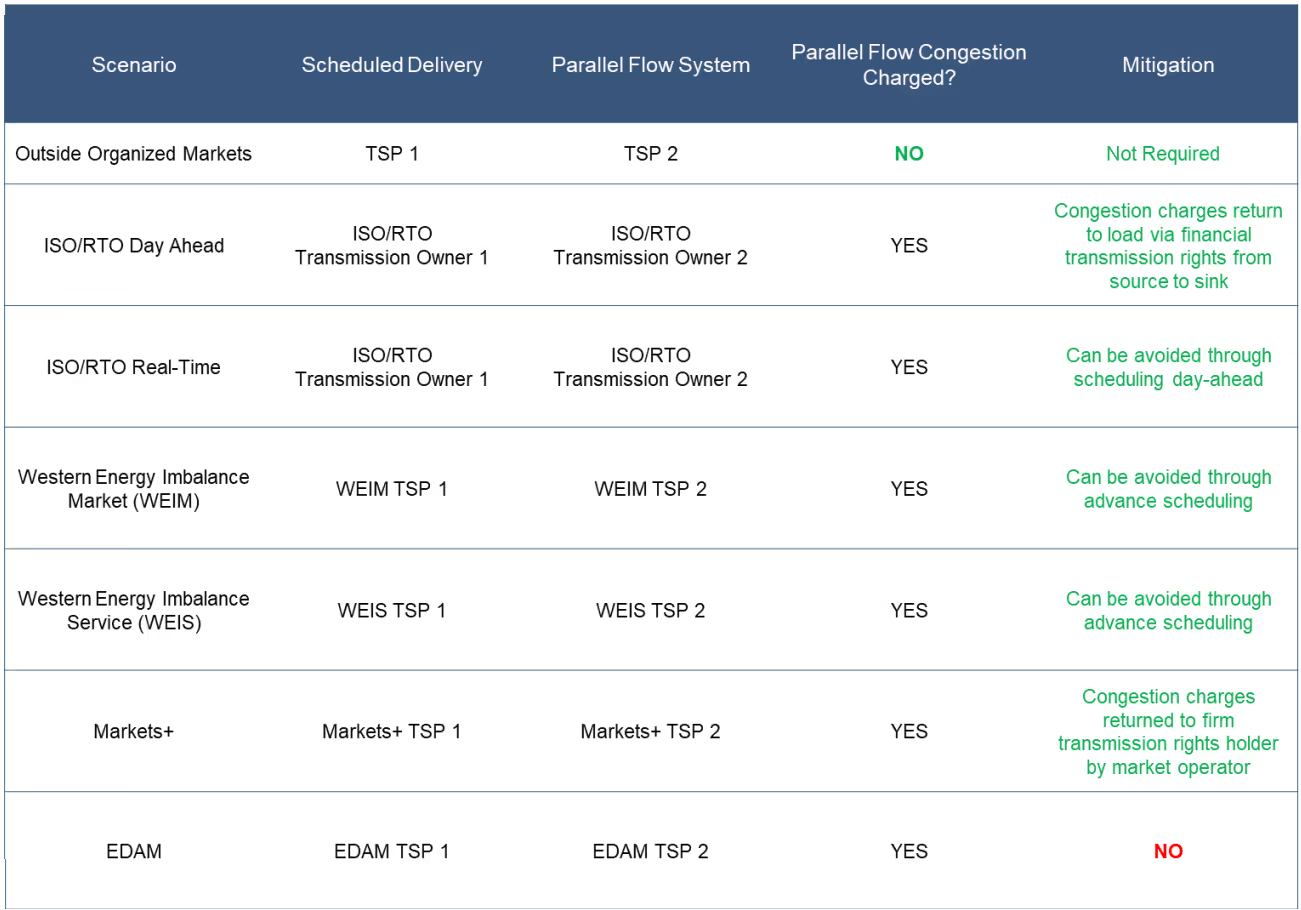
.png)

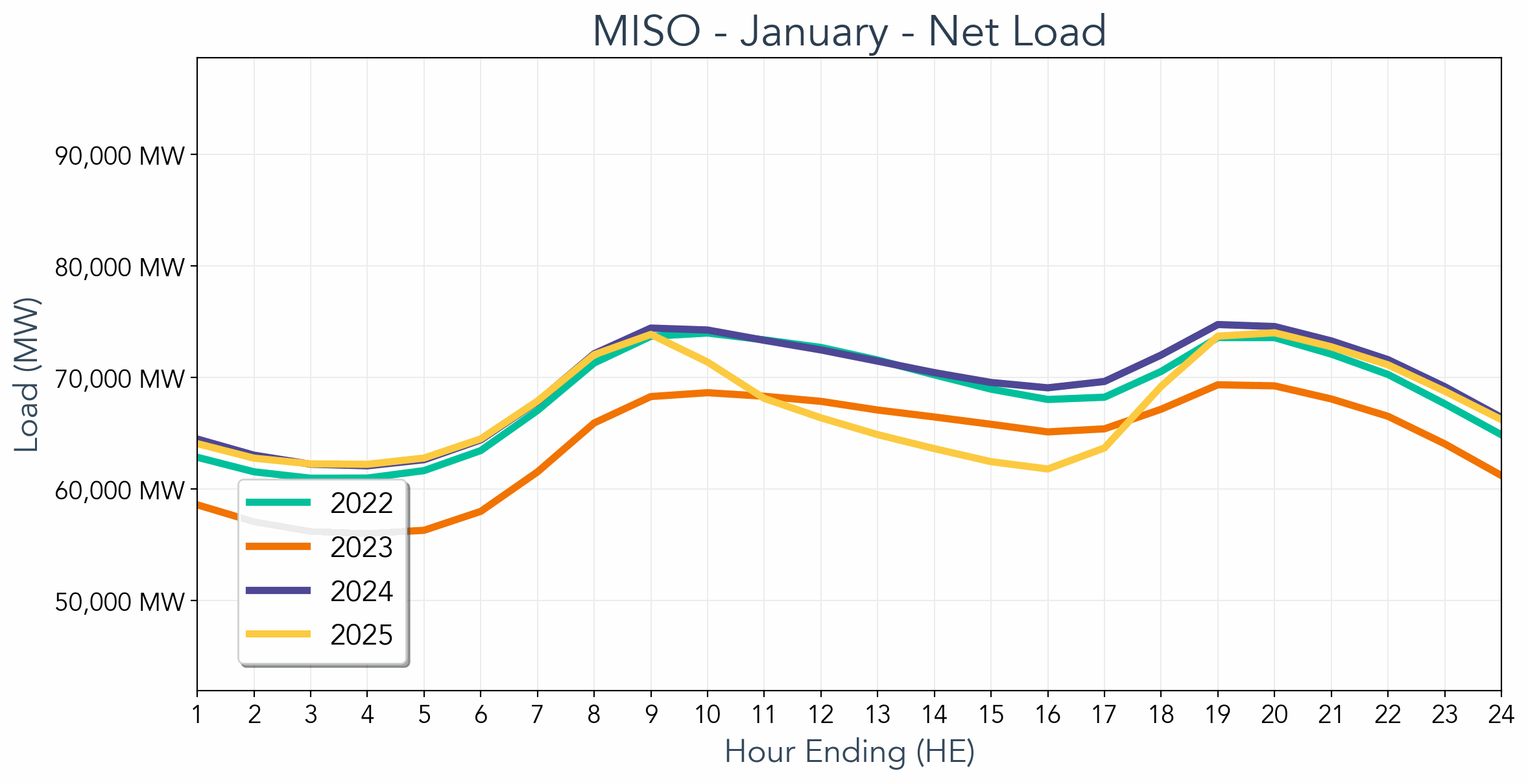

.avif)



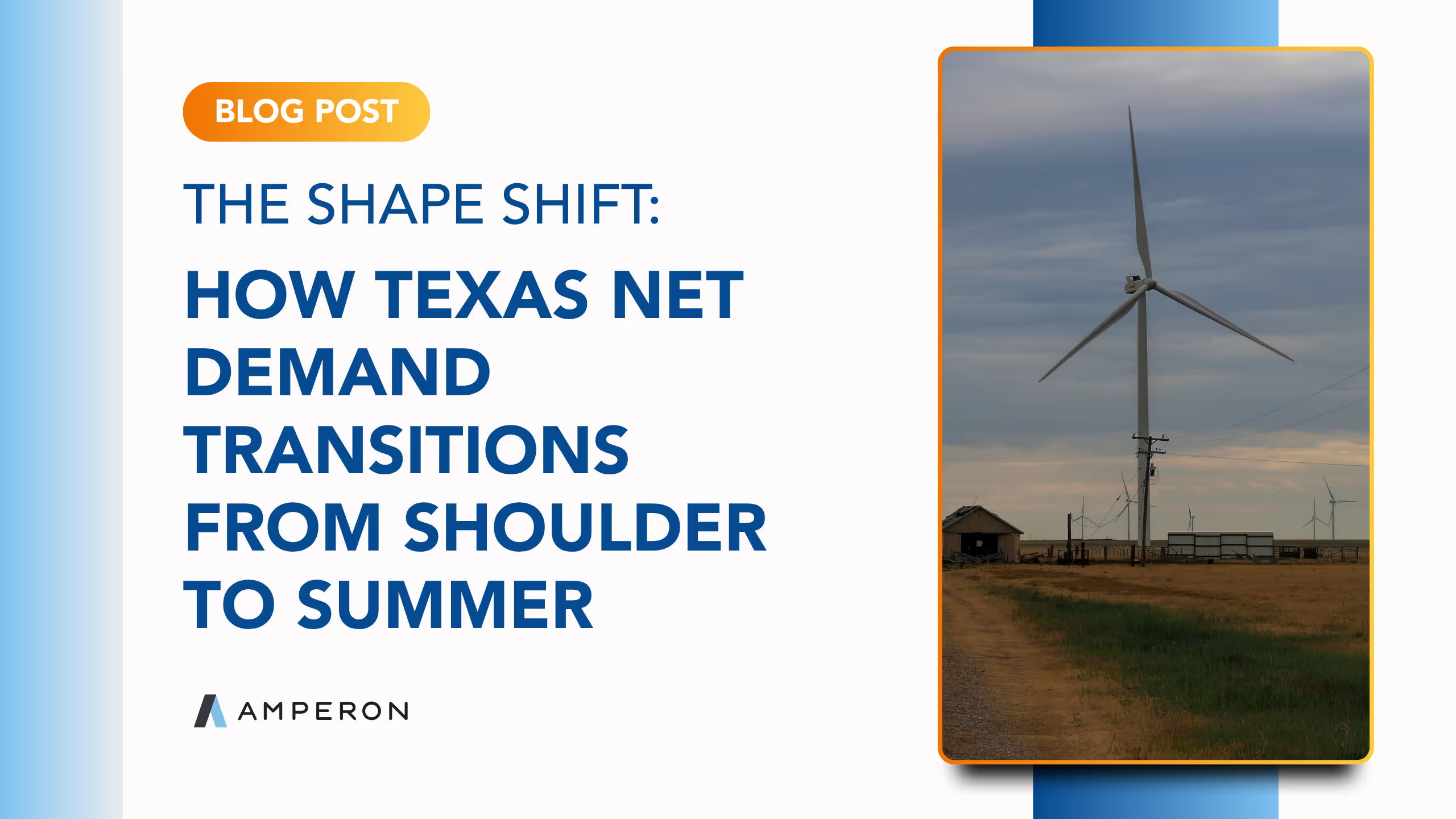
.avif)

.avif)
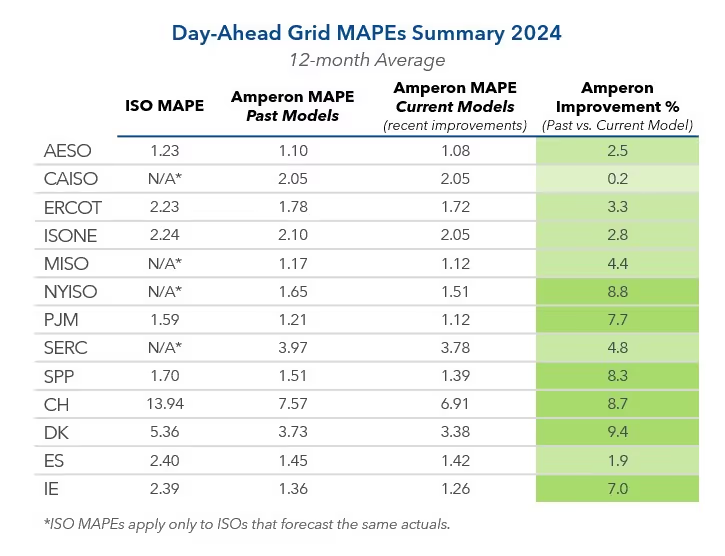

.avif)



.avif)
%20(15).avif)
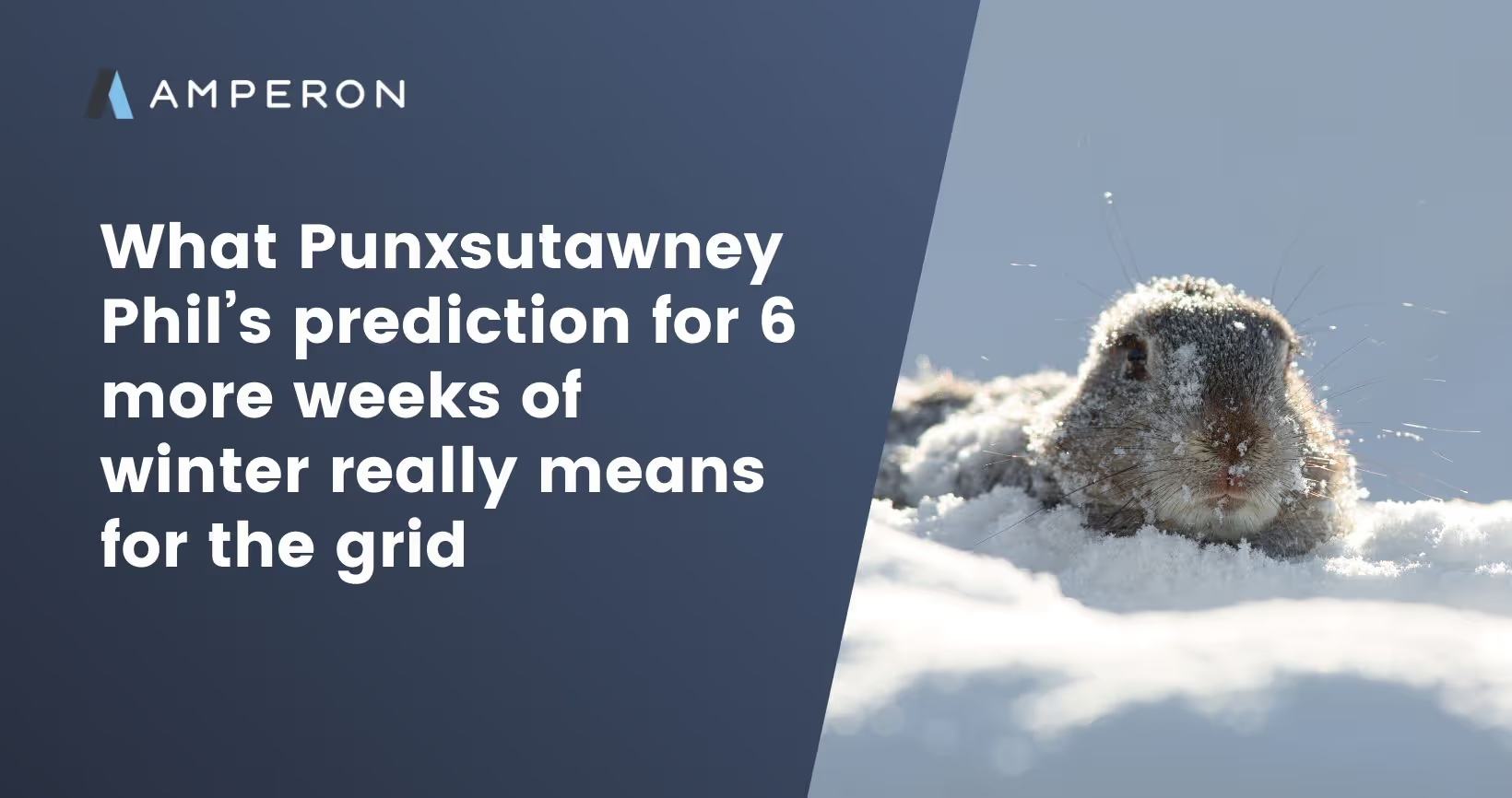
.avif)
%20(10).avif)

.avif)


.avif)

.avif)



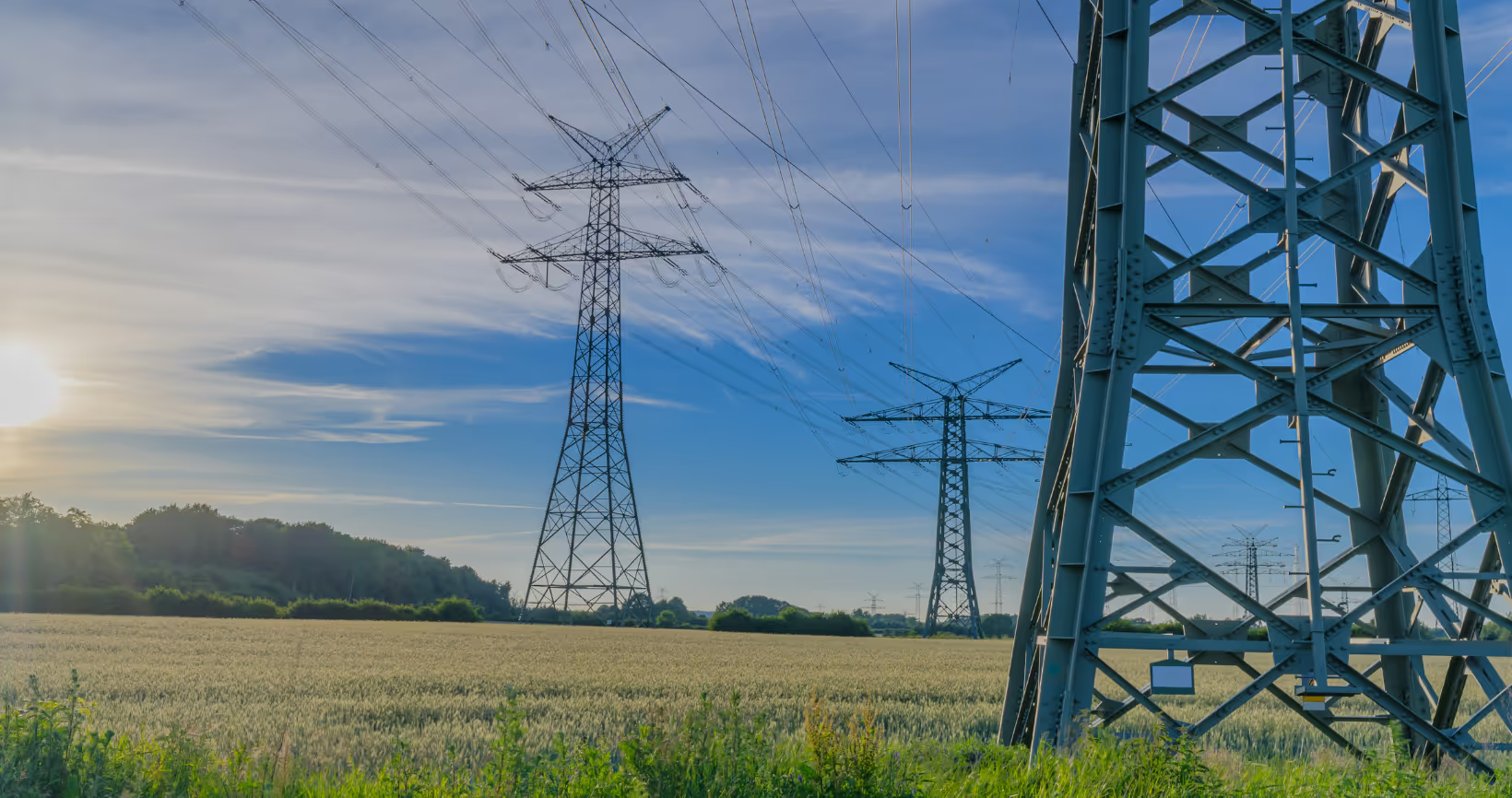


.avif)



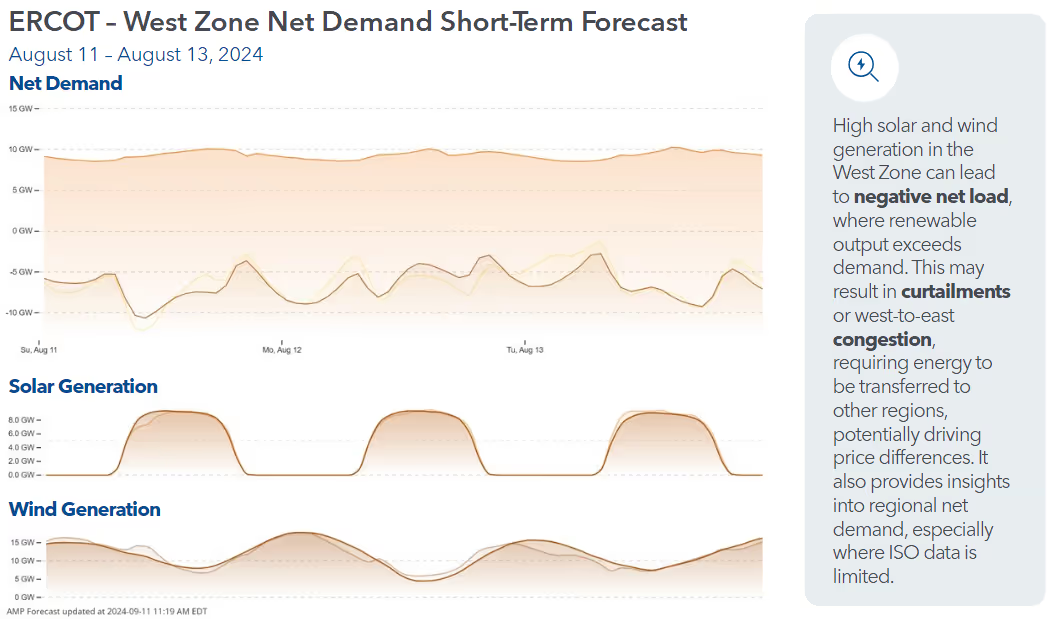
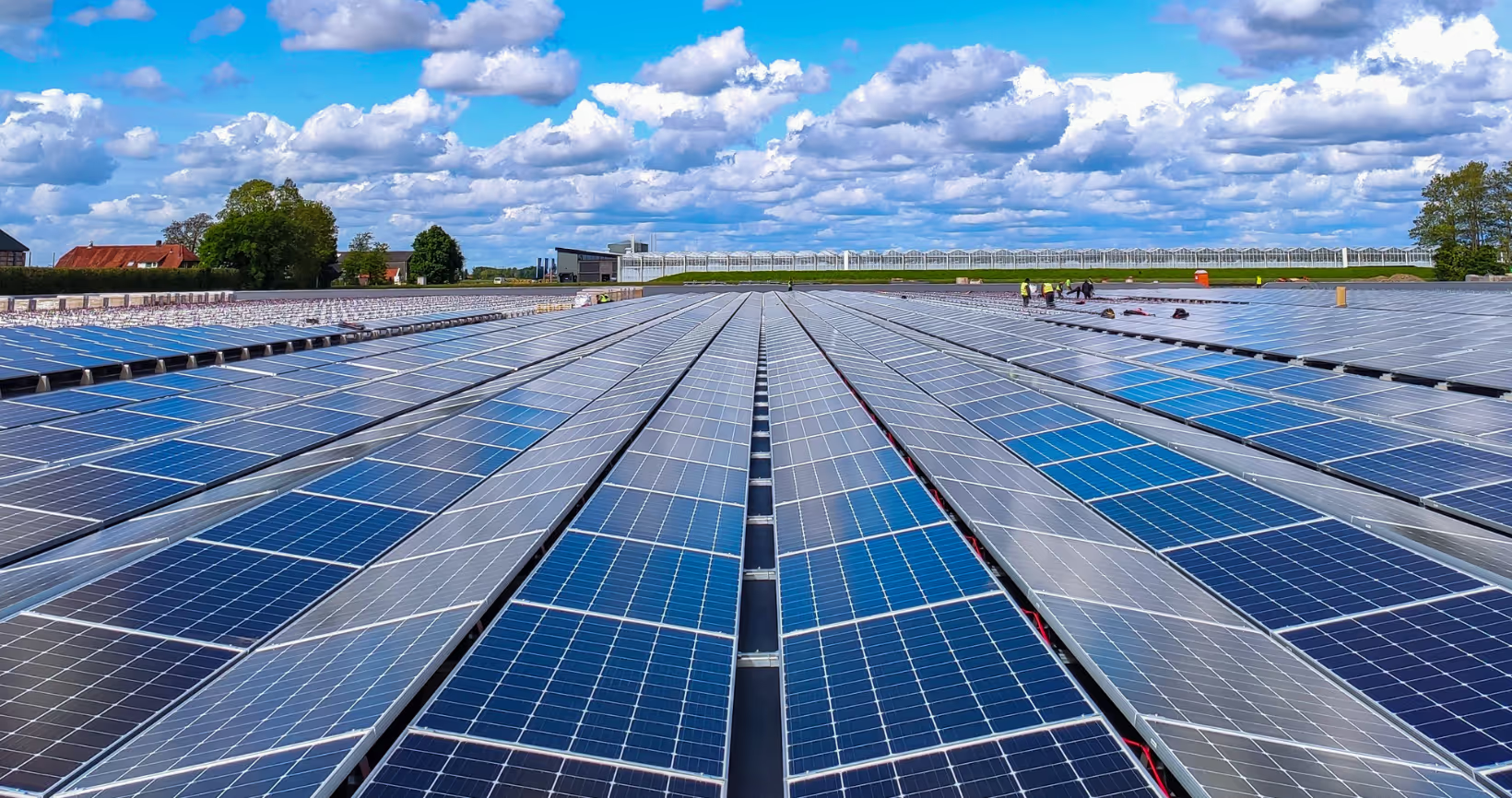




.avif)

.avif)

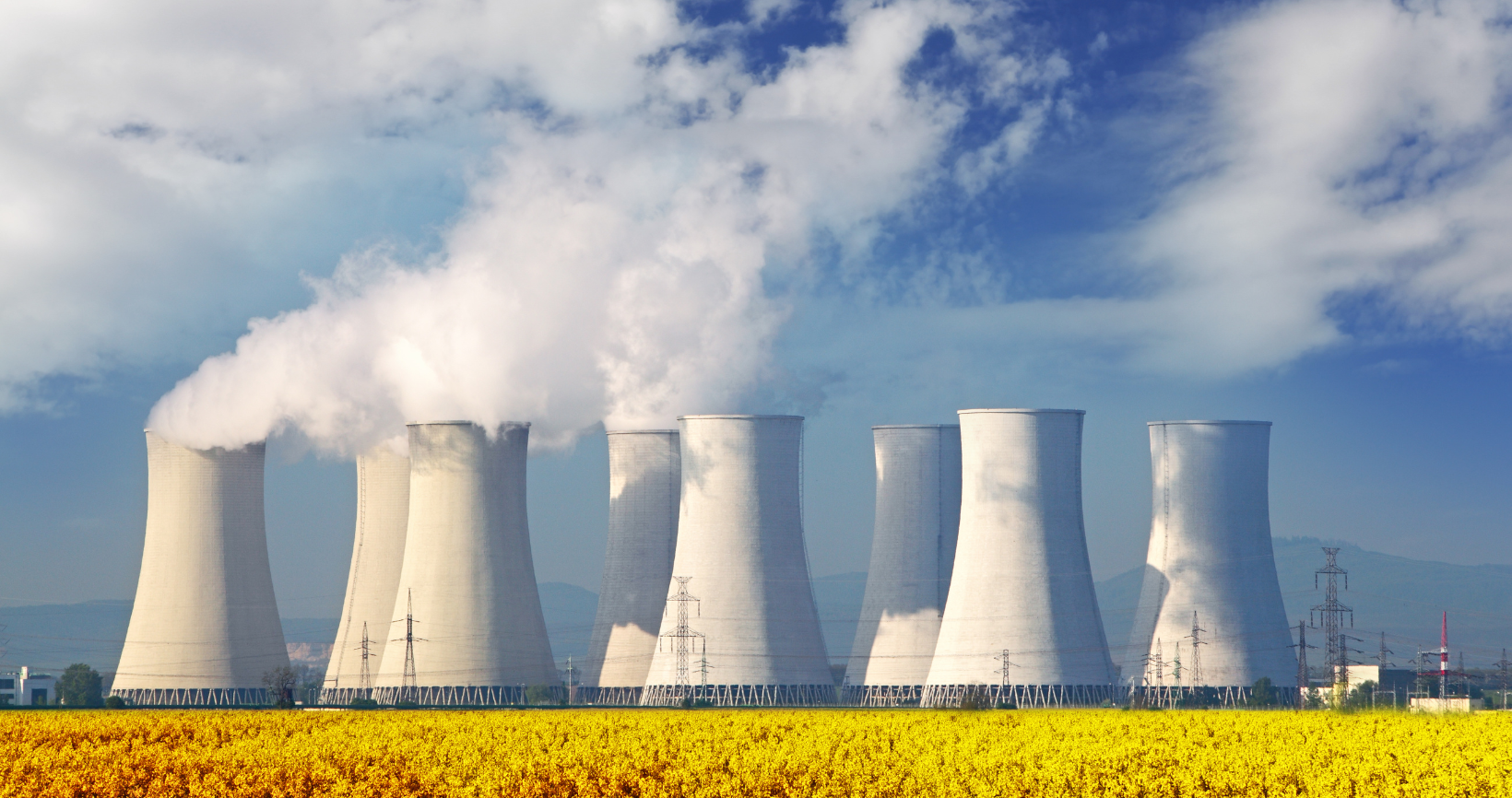


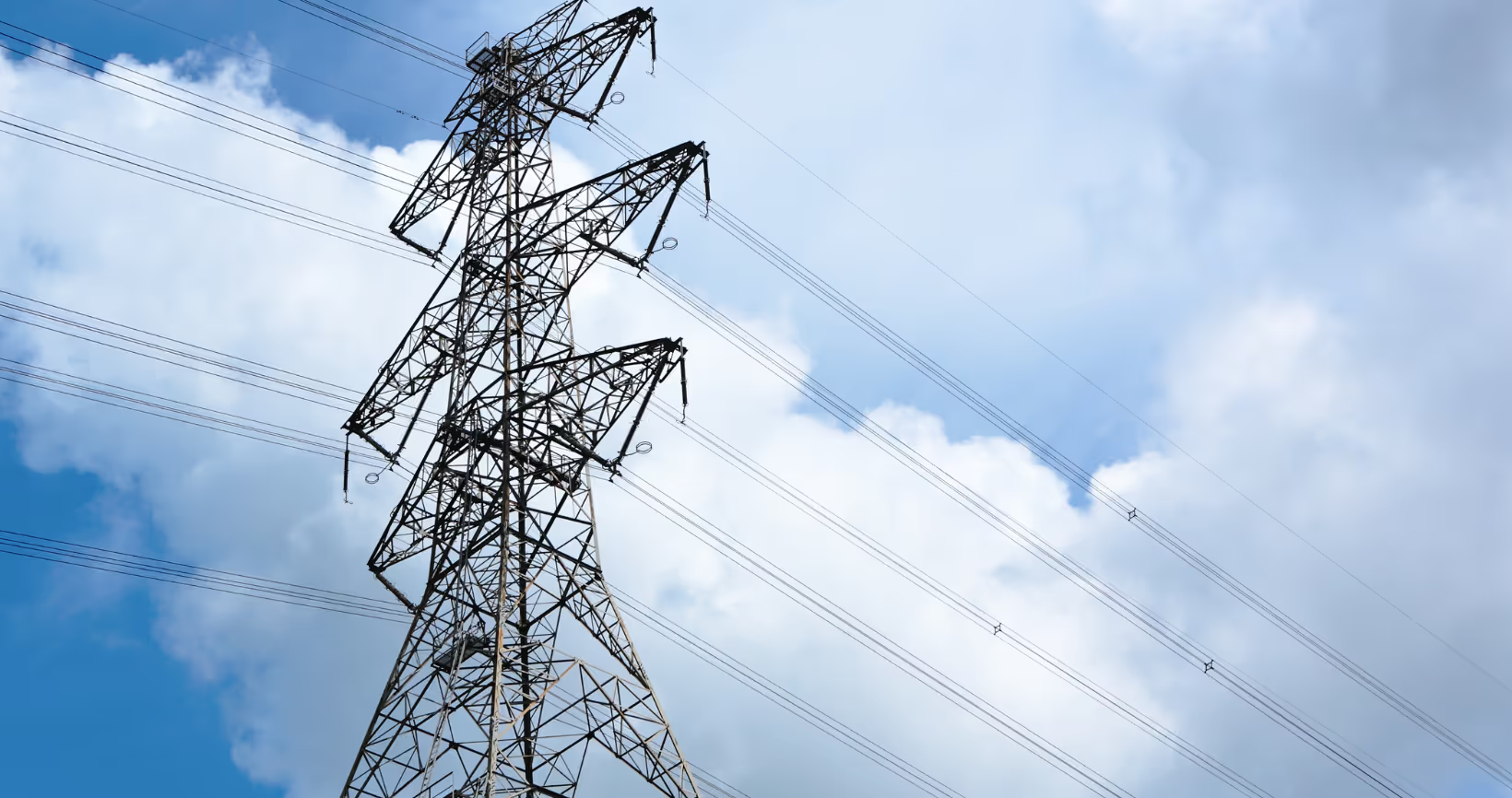
.avif)


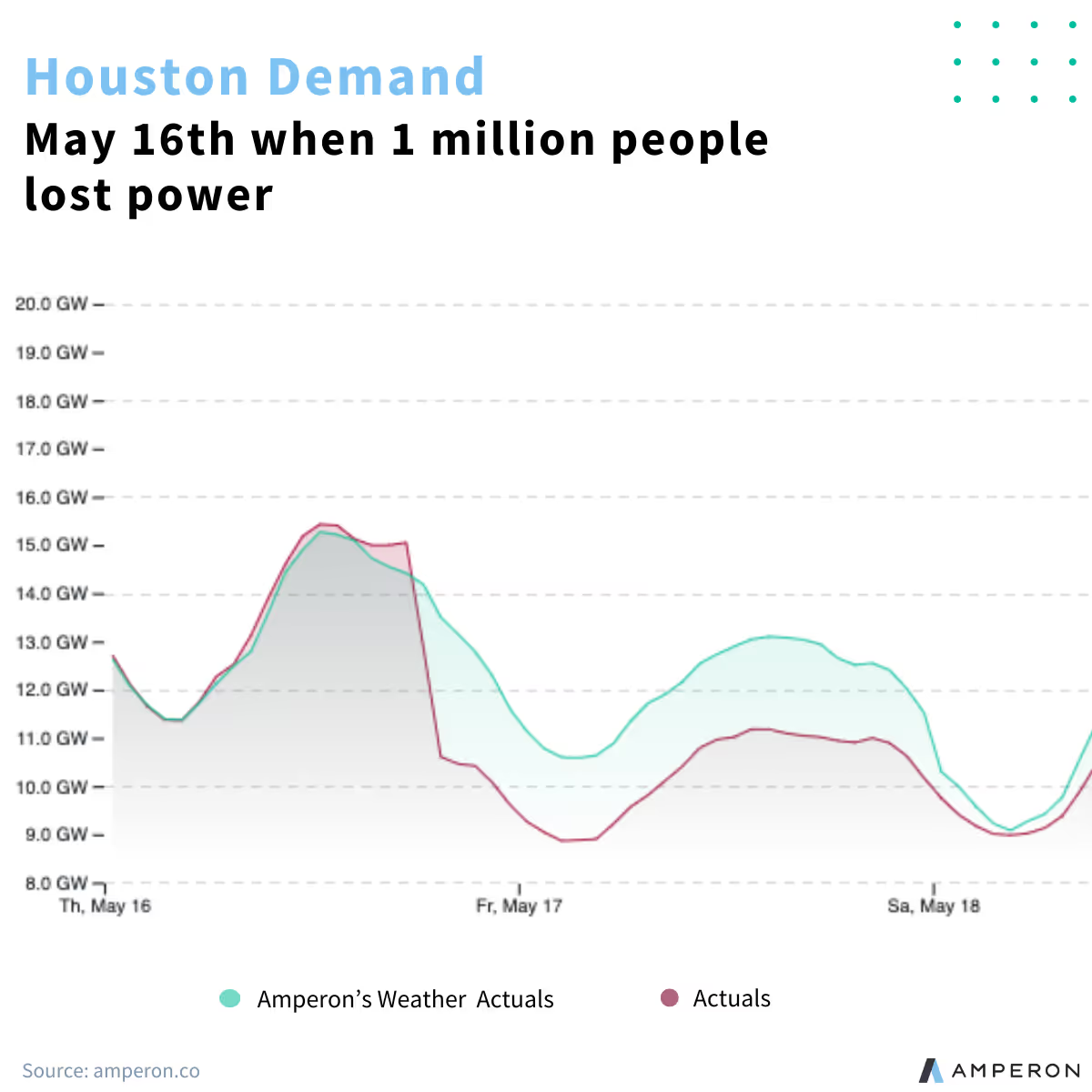


.avif)
.avif)
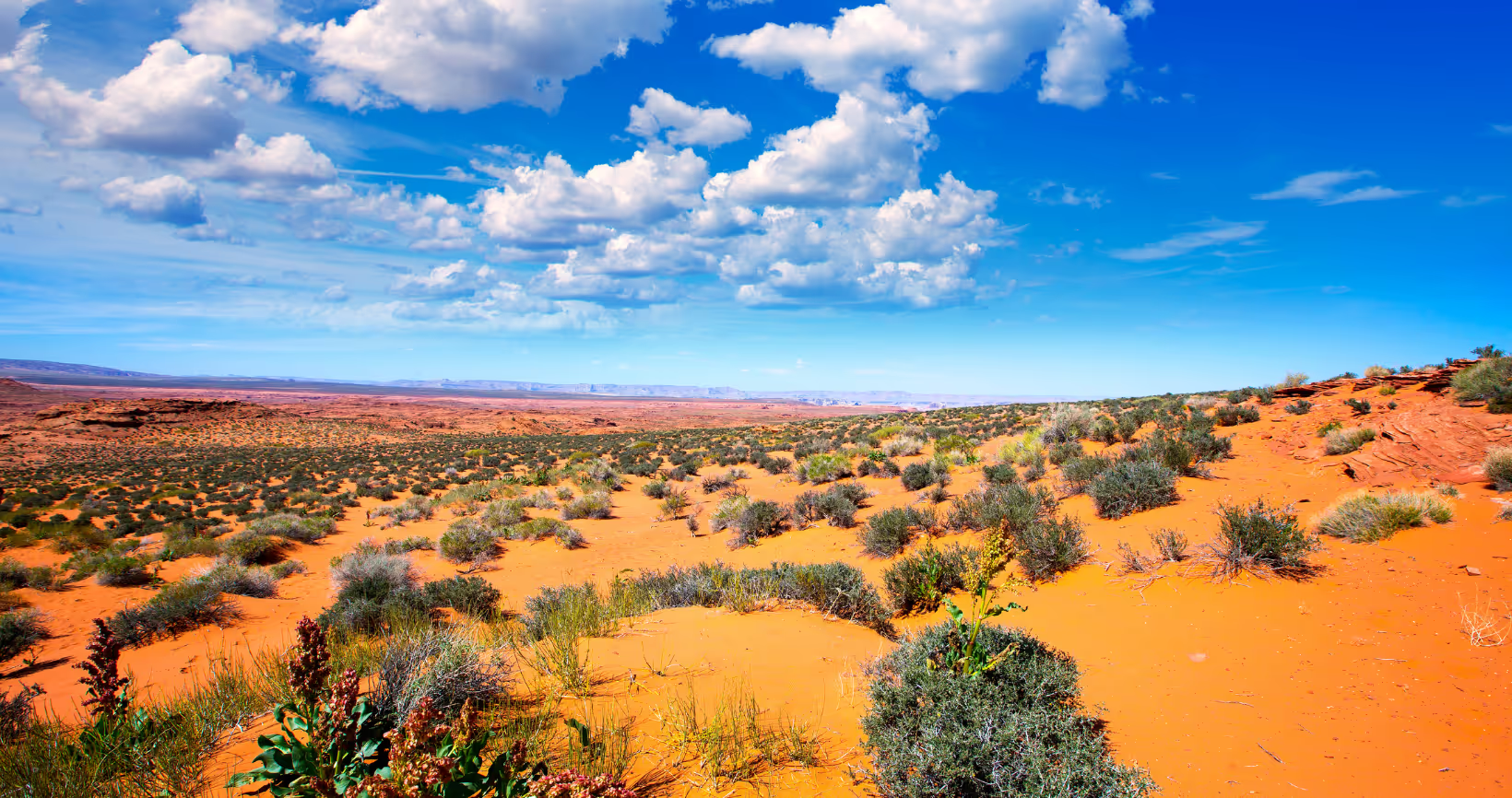


.avif)

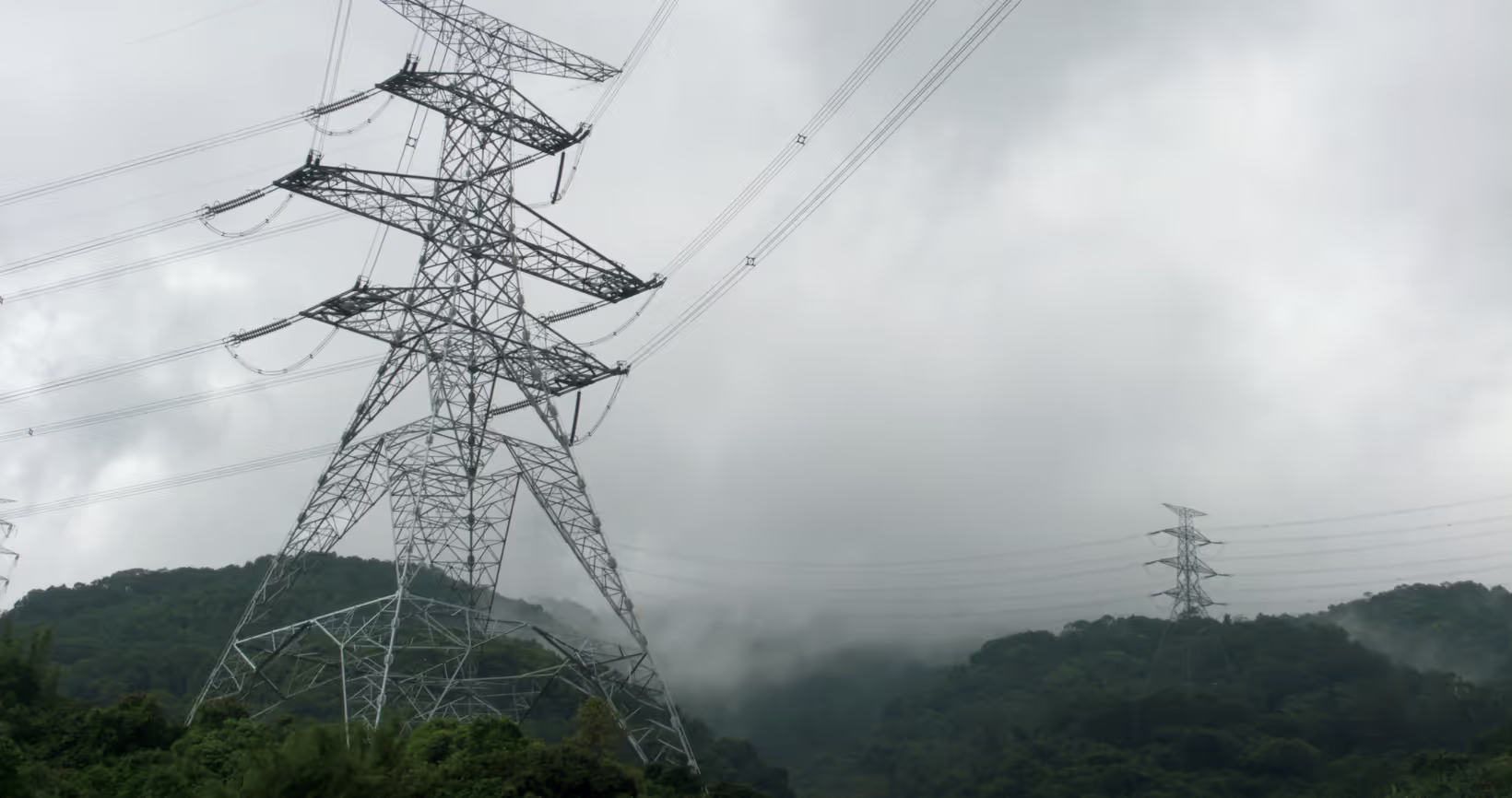


.avif)



